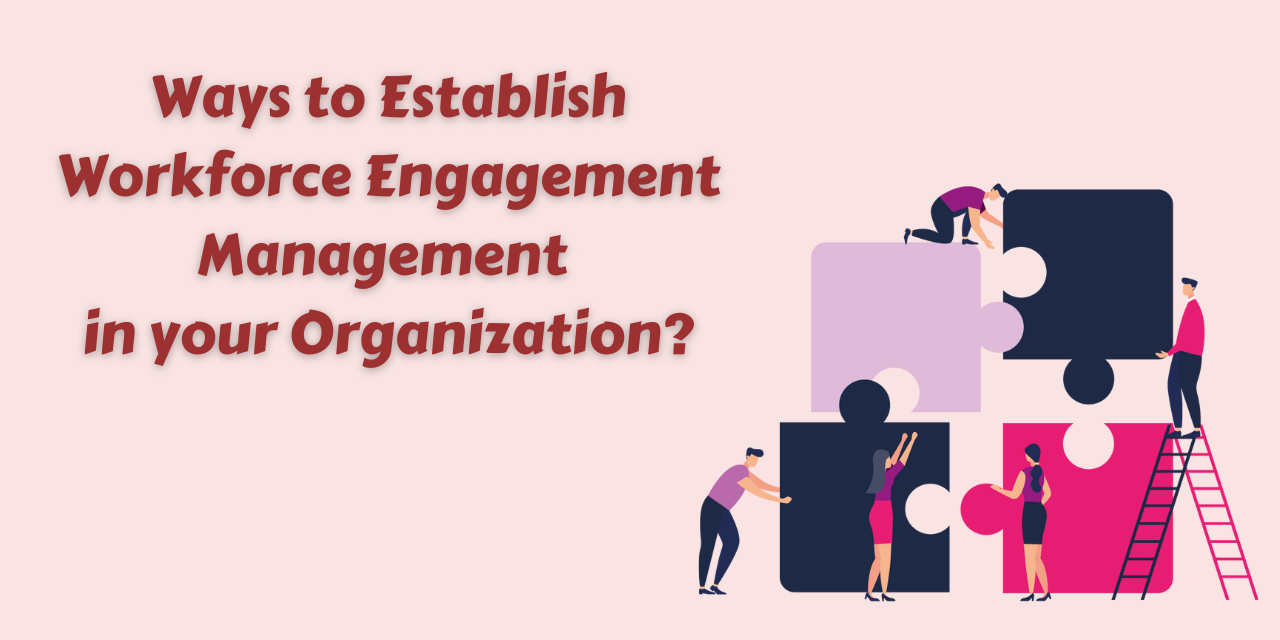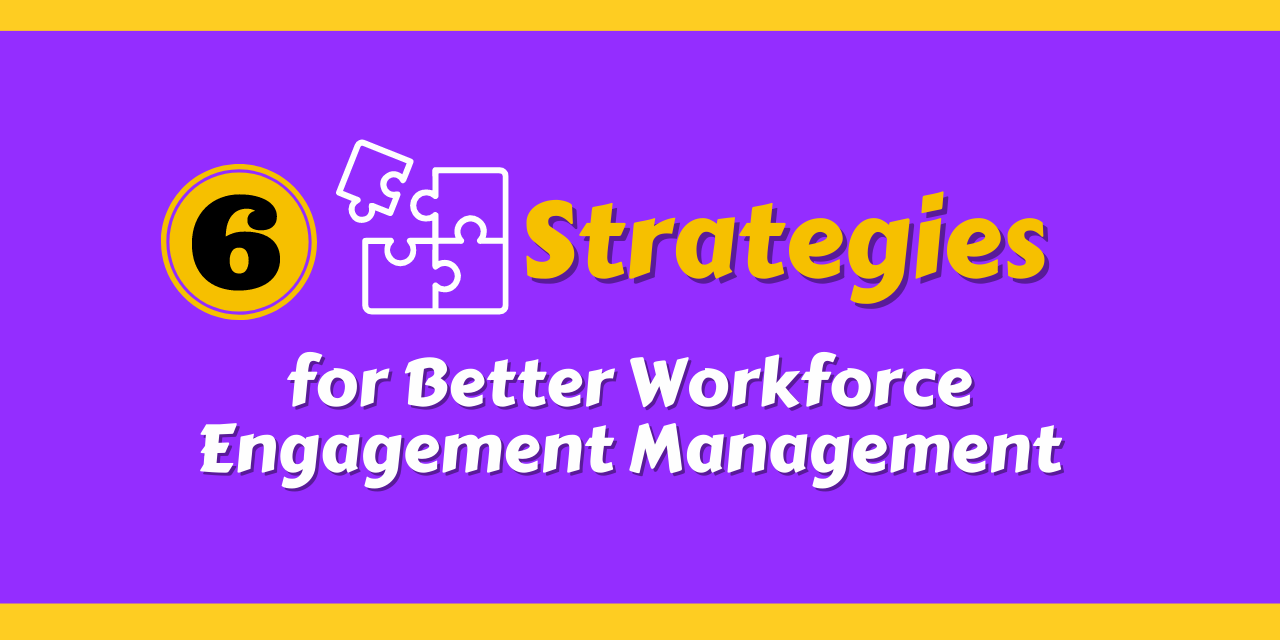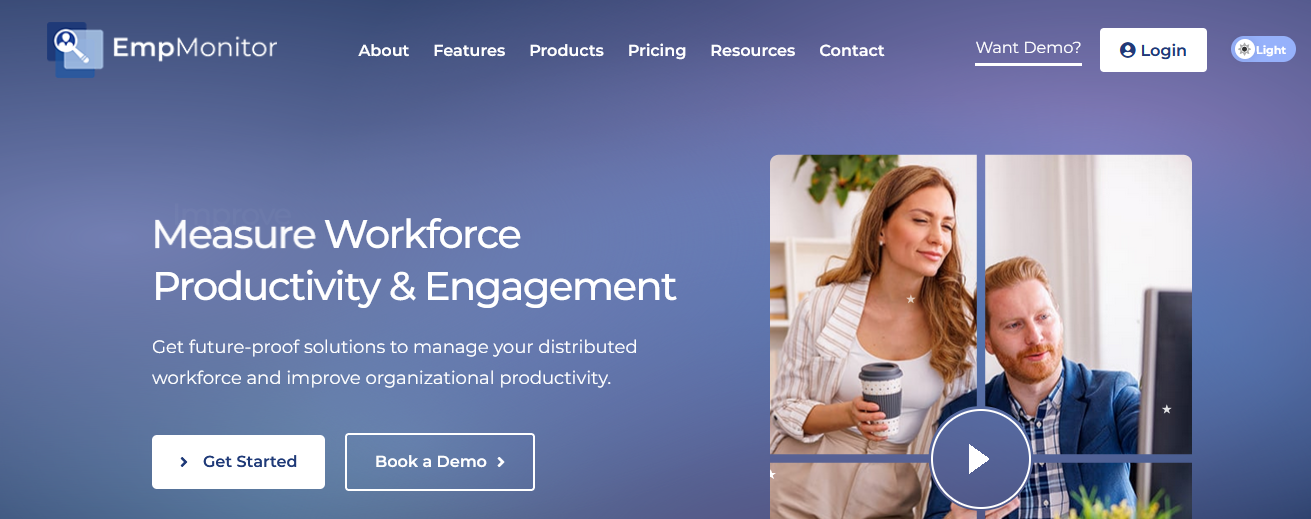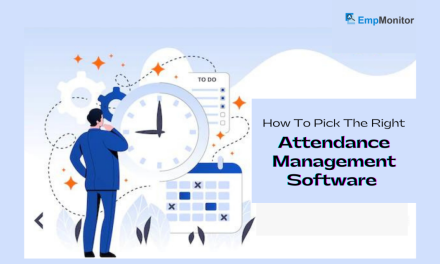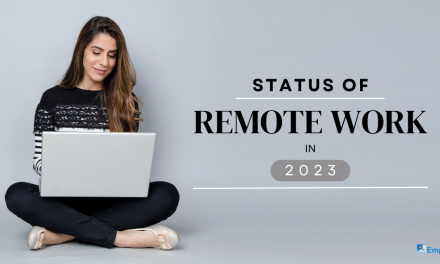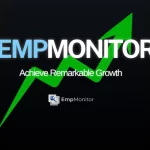Workforce management is a critical component of workplace success. To cement this into your business, it’s necessary to make the employees feel motivated, appreciated, and engaged in their work.
Importantly, engagement is neither hierarchical nor autocratic. It should be collaborative and mutually beneficial. Workforce engagement management is an issue for organizations of all sizes. A study by Harris Interactive reveals that 47% of employees believe- that their workplace is engaging or very engaging.
However, this percentage falls to just 34% when looking at employers with 50 or more employees! It means companies need to switch to better ideas
and strategies to increase the engagement ratio in the company! For the same, companies shall shift to the right approach to learning- what to do to improve their employees’ connection to their work and company.
Let’s understand- What is workforce engagement management?
It’s about making the employee feel heard by listening to their grievances and considering their suggestions while striving to achieve company goals. You can establish a plan to achieve the best results- by breaking the goals into smaller goals to make them attainable and give employees a sense of ownership.
Listen to this Podcast to Know the Tips to Amplify your Workforce Engagement
Ways to Establish Workforce Engagement Management in your Organization-
If you are a business facing issues relating to workforce management then it’s the right time to move to a workforce engagement management solution like EmpMonitor to handle your employees better.
So what exactly is EmpMonitor, and how can it help? It is a Software designed to help you keep your employees engaged and keep a regular record of attendance, and workload, to make room for employee engagement in your organization.
So if you are also looking to streamline employee management in your organization? Then, it is time to switch to workforce engagement management. With the help of this software, you can look at how many projects an employee completed, and what were their productive hours throughout the day.
-
Set Standards and Expectations
Make sure everyone knows what constitutes good performance. Then, hold everyone accountable to those standards. It will create a sense of unity and team spirit among your employees.
-
Promote Creativity
Encourage your staff to come up with new ideas and solutions. They need to feel competent and welcomed to be motivated to work hard. A company that promotes ideas and new suggestions will grow in the long run while employees with limited knowledge shall bring a downfall in the company with their limited knowledge and lack of ability to change as per new trends and patterns of business.
-
Delegate Responsibilities
Effective workforce engagement management relies on effective delegation. Give employees the freedom to take on challenging tasks and assignments, but ensure to receive feedback and support when required.
-
Build Trust Between Groups
Building trust between employees and management isn’t easy, but it’s essential for a successful collaborative workplace. Because without trust the company cannot go ahead in the business.
6 Strategies for Improved Workforce Engagement Management
The importance of strategies for improved workforce engagement management is to ensure that the employees feel engaged and well-taken care. Engagement is the state of being emotionally and intellectually committed to an organization, project, or cause.
By improving workforce engagement, employers can increase productivity and profitability. There are many ways to improve workforce engagement.
For example- employers can increase the effectiveness of their leadership by promoting employee participation and giving feedback to employees. Here are the eight strategies- you can use to improve workforce management.
Strategy #1 – Adopt a Bottom-Up Approach
Ensure your organization follows a button-up approach, which means building- the foundation of the business. And taking the necessary decision for employees to feel engaged to do the same- run a survey or questionnaire to know their viewpoints. And also figure out the areas that are responsible for their unhappiness at work.
The more you ask for opinions and feedback in your process, the more your employees- will feel included and respected. And develop a feeling of belongingness in the company. Workforce engagement management software should also have bottom-up approach feedback from employees to ensure it’s taken into account.
Strategy #2 – Promote a Two-Way Communication
Promote employee engagement in the workplace- it is necessary to promote two-way communication and not keep employees in the dark. A company that acts secretly and shares information on a need-to-know basis will have a lower engagement rate.
Top business leaders generally believe in the open-door policy and do not use top-secret information. Employees love to work in a company where information is shared transparently. And not where top managers use the information for good. Workforce engagement management tools can help the company build better connections with the world.
Strategy #3 – Recognize the Good Work
The third strategy is to recognize good work. About two out of three employees feel they need to be recognized more for their work achievements. Most employees will not deliver their full potential in such conditions.
Highly-trained and qualified talent is always looking for better opportunities and therefore should not be underestimated. Consequently, a recognition-rich environment where good work is rewarded, with perks and incentives, is advisable.
For others to feel valued for their work, a few kind words and an appreciation certificate can go a long way. Employee recognition will steer employee engagement and help the company achieve its organizational goals as well as employee productivity. You should recognize the good work employees are doing to make them feel valued.
Strategy #4 – Hire Competent Managers
You should also ensure the people in the top & middle hierarchy are people that have been training or managing employees better. The manager is responsible for retaining the employees and not making them quit!
Therefore, it is necessary to create an environment where employees feel motivated, recognized, and secure in their position. If the manager is not doing justice to their team members, then there is a huge chance that most will leave the company. Only a manager knows the team issues personally and being the only medium between the manager and top management should handle issues with sensitivity.
Strategy #5 – Create a Sense of Purpose
A company should go for workforce engagement management to create a sense of purpose for employees to function best in the organization. It’s necessary to create- a sense of purpose among employees to make them work better.
Strategy #6 – Encourage Collaboration
Employees are often more engaged when they feel like their ideas are valued and listened to. There are many ways to encourage collaboration for workforce engagement management.
One is to provide a space in the office where employees can come together to share their ideas, brainstorm, and bounce ideas off each other. Another is to provide a mentor or coach who can help guide employees through the process of getting their ideas heard by the company.
A company should encourage collaboration among employees and its team, a leader should strive to go on lunch with the team and make room for more communication and less misunderstanding.
Read More
Workforce Management Solutions: Everything You Need To Know
How To Measure Employee Engagement At Your Workplace?
Best Solutions For Workforce Management
Conclusion
How to establish workforce management is a question that many organizations are grappling with as they try to find the best way to engage their workforce. A key driver of employee engagement is the ability to contribute meaningfully to the organization’s goals and purpose.
To successfully engage your workforce, you need to be able to understand and connect with them on a personal level. You can do this by creating a workforce engagement management plan that encompasses all aspects of your organization.
This plan should include initiatives to build relationships with your employees, develop communication channels and create a sense of community. By doing this, you will be able to keep your workforce engaged and motivated.
It is a difficult challenge for many organizations, particularly in the current economic climate. There are many different ways of engaging employees, and the best approach will depend on the context of your organization. Here are some tips you can use to create a culture of workforce engagement management in your organization.


